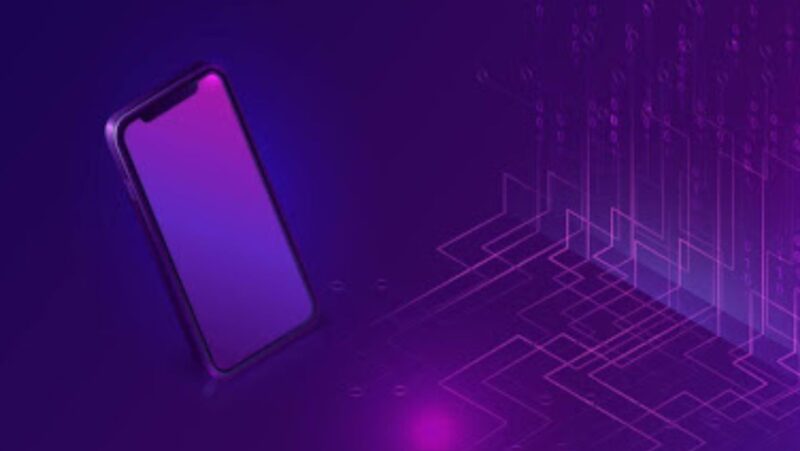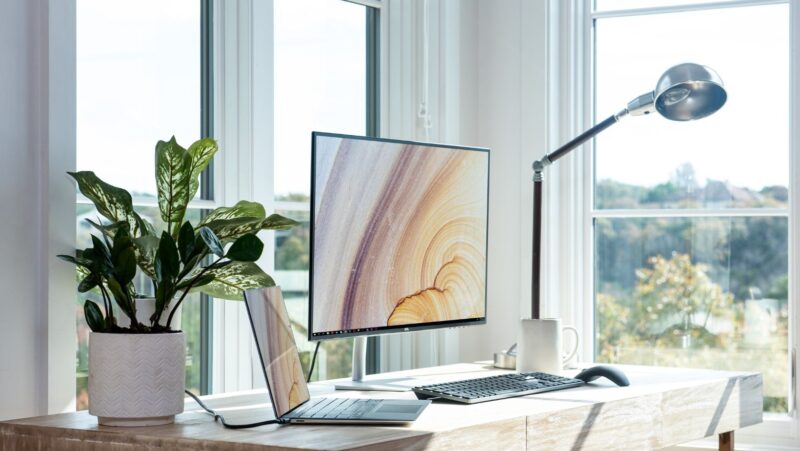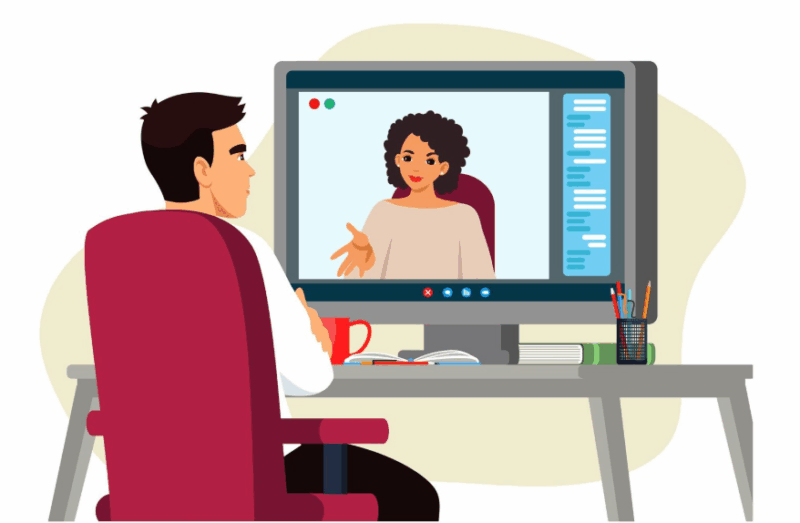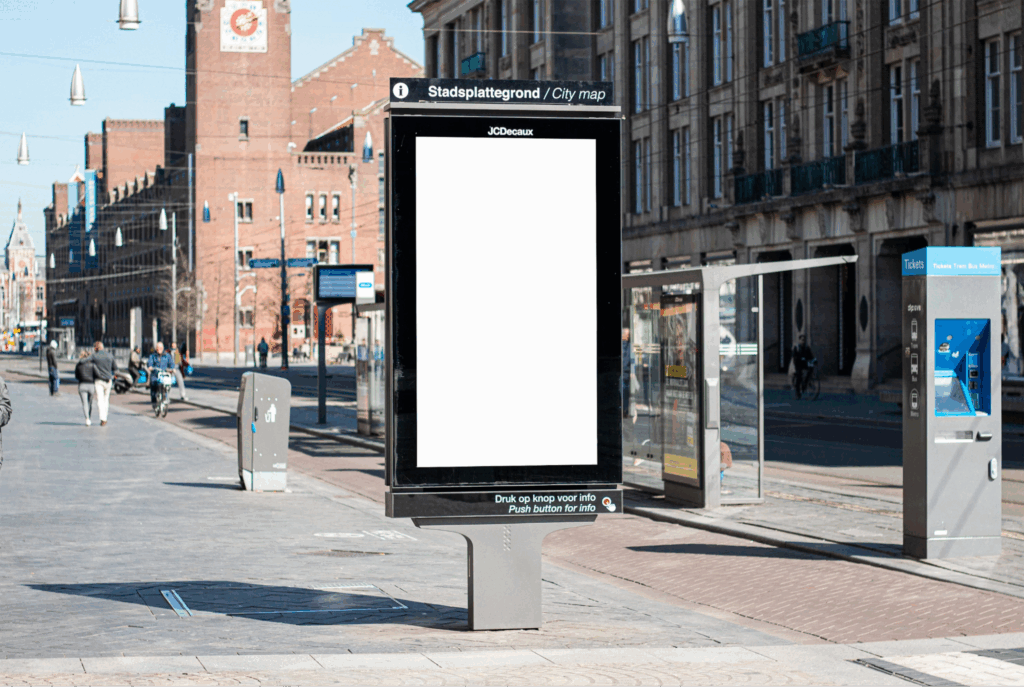
In an increasingly crowded marketplace, how you present your designs can make all the difference in attracting attention, building brand credibility, and driving engagement. That’s where design mockups prove indispensable. They serve as the crucial link between imaginative ideas and practical execution, allowing you to showcase your concepts with realism and professionalism—without the expense of physical samples or elaborate photo sessions.
The Strategic Value of Mockups
Mockups are realistic visuals that demonstrate how your design will appear in real-world settings—from clothing and branding materials to product packaging and user interfaces. These tools offer designers, entrepreneurs, and marketing professionals a powerful way to fine-tune their ideas, communicate more clearly, and win over stakeholders.
More than just eye-catching visuals, mockups play a vital strategic role. They enhance clarity and persuasion, making sure your creative ideas connect meaningfully with your intended audience.
Aida González Vázquez, designer and author at Creative Fabrica, notes:
“Using automatic mockup generators has two main perks. The first advantage is that it’s easy to get quality images without putting in a lot of effort. The second reason why we’d recommend it is the fact that you’ll get an accurate image of what your product will look like. The downside of this option is that you are limited by the stock images that the mockup generator provides. You won’t be able to recreate appealing layouts, and it will be harder to find images with a context.” To sidestep these constraints, a robust mockup library gives you enhanced control and creative freedom. This enables more dynamic, on-brand storytelling that resonates with your audience.
Mockup Varieties for Different Design Goals
Each design challenge benefits from its own tailored mockup solution.
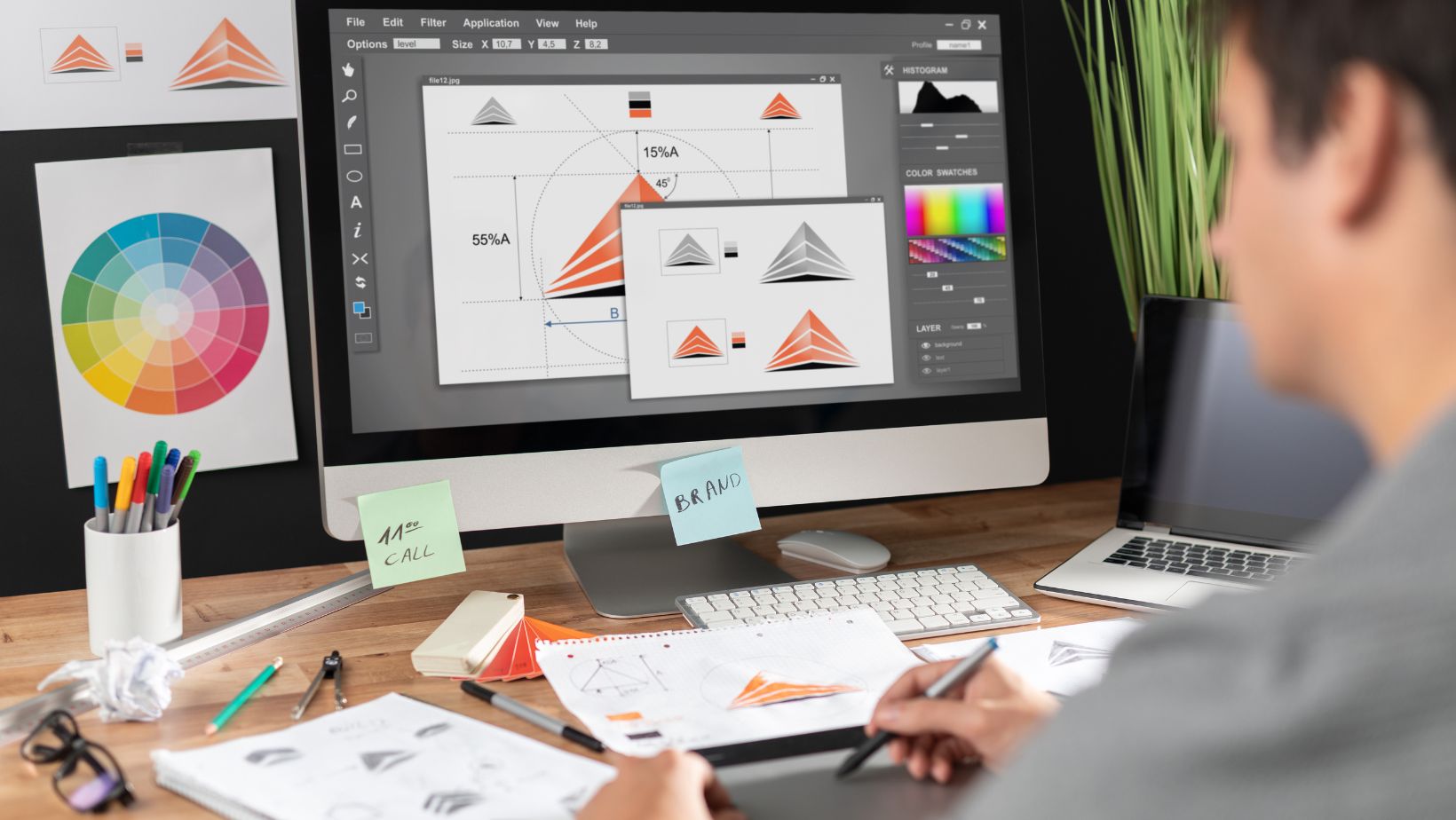
Choosing the right mockup type ensures your visual message is clear, impactful, and aligned with your branding goals.
Showcasing Product Mockups with Authenticity
For businesses dealing in physical goods like clothing, accessories, or consumer items, realistic prototypes help consumers imagine the product in everyday use. By incorporating natural lighting, accurate textures, and environmental context, these mockups lend believability and appeal to your product presentations.
Brand Consistency Through Logo Mockups
Consistency in brand visuals is vital for recognition and trust. Logo prototypes provide a clear picture of how your branding will appear across different platforms—whether it’s signage, stationery, packaging, or digital applications—helping you maintain a cohesive brand identity.
Enhancing Packaging Design Impact
Packaging mockups allow you to visualize how your product will appear on shelves before production begins. These prototypes are essential in testing how well the design aligns with brand messaging and consumer expectations in competitive retail spaces.
Visualizing Digital Interfaces Effectively
Mockups for web designs and user interfaces help teams preview and refine online experiences. They allow for improved collaboration between designers and developers and ensure the final product is user-friendly and visually compelling.
Key Factors for Selecting the Right Mockups
Choosing the most effective mockup involves considering several strategic elements. Your choice should align with your project’s objectives and appeal directly to your audience.
Realistic textures and lighting build trust and professionalism. Look for prototypes that offer editable features—like customizable layers, changeable backgrounds, and scalable layouts—so you can tailor visuals to specific goals.
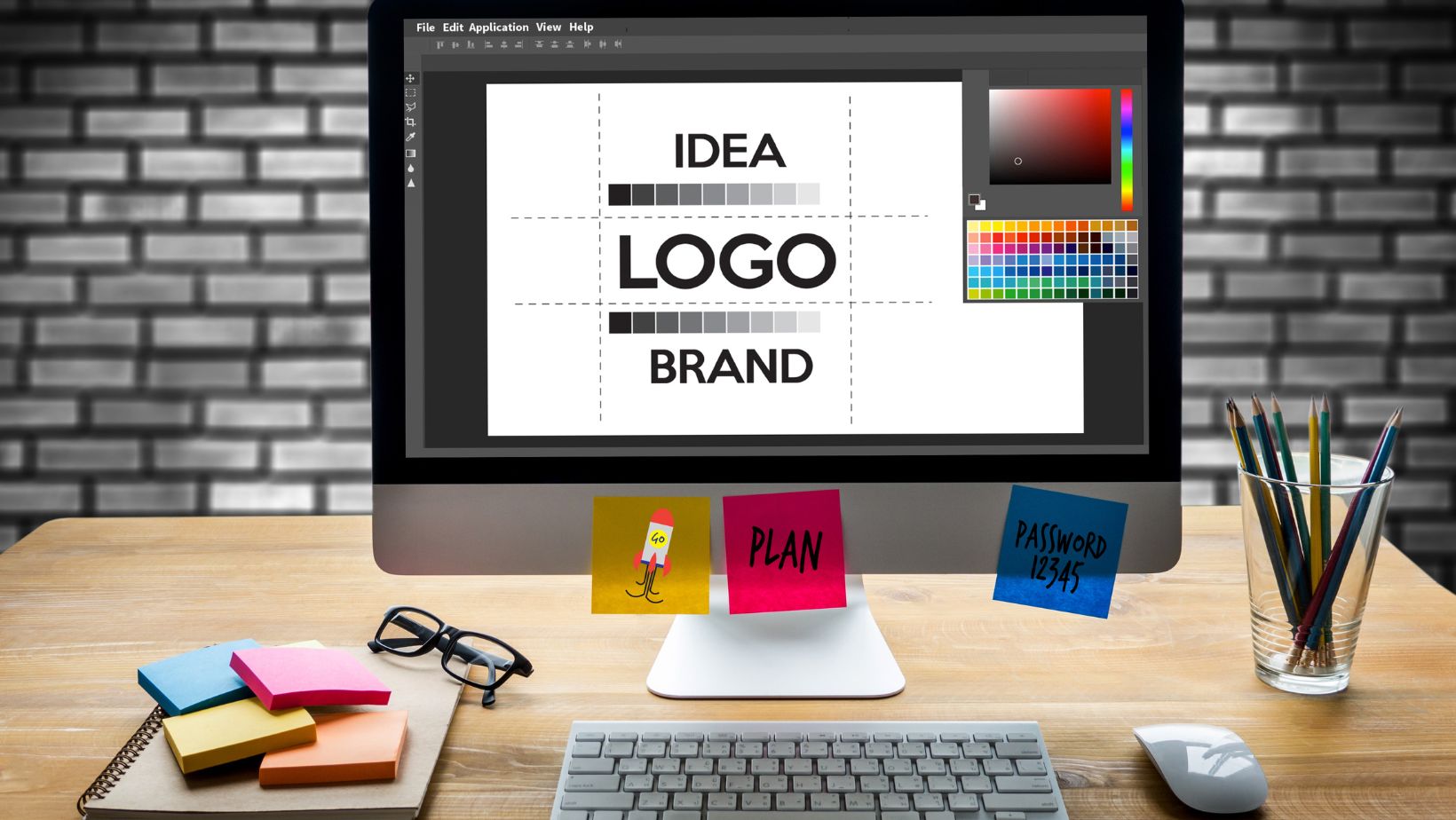
High-resolution formats ensure crisp, detailed results, and having access to a variety of contexts helps expand your message to broader audiences.
Here are the most important factors to consider when selecting mockups:
- Realism – Opt for mockups that incorporate natural lighting, true-to-life textures, and shadows to create an authentic and professional appearance.
- Customization Options – Prioritize prototypes with editable layers, flexible layouts, and the ability to change colors, backgrounds, or elements to suit your unique design needs.
- High Resolution – Ensure mockups are available in high resolution so your visuals are sharp, clear, and suitable for both digital and print formats.
- Contextual Variety – Choose prototypes that present your designs in diverse, relevant real-world scenarios to better connect with a wide audience.
- Ease of Use – Select tools or libraries that streamline your workflow and reduce the time needed to produce polished, presentation-ready visuals.
Boost Creative Potential with Extensive Mockup Collections
Using comprehensive mockup libraries instead of limited automated tools gives you more room to experiment and innovate. Creative Fabrica, for instance, provides a wide array of flexible, high-quality templates suited to all kinds of design needs. You can adjust backgrounds, manipulate lighting, and incorporate custom elements—allowing for presentations that are both unique and aligned with your strategic vision.
Final Thoughts
Mockups are powerful tools that allow creatives to share their ideas compellingly—without the need for costly materials or elaborate staging. Whether you’re working on product designs, branding, packaging, or digital experiences, leveraging professional mockup libraries helps you communicate with clarity and impact. By emphasizing realism, customization, and quality, you can ensure your designs leave a lasting impression and effectively support your brand strategy.








